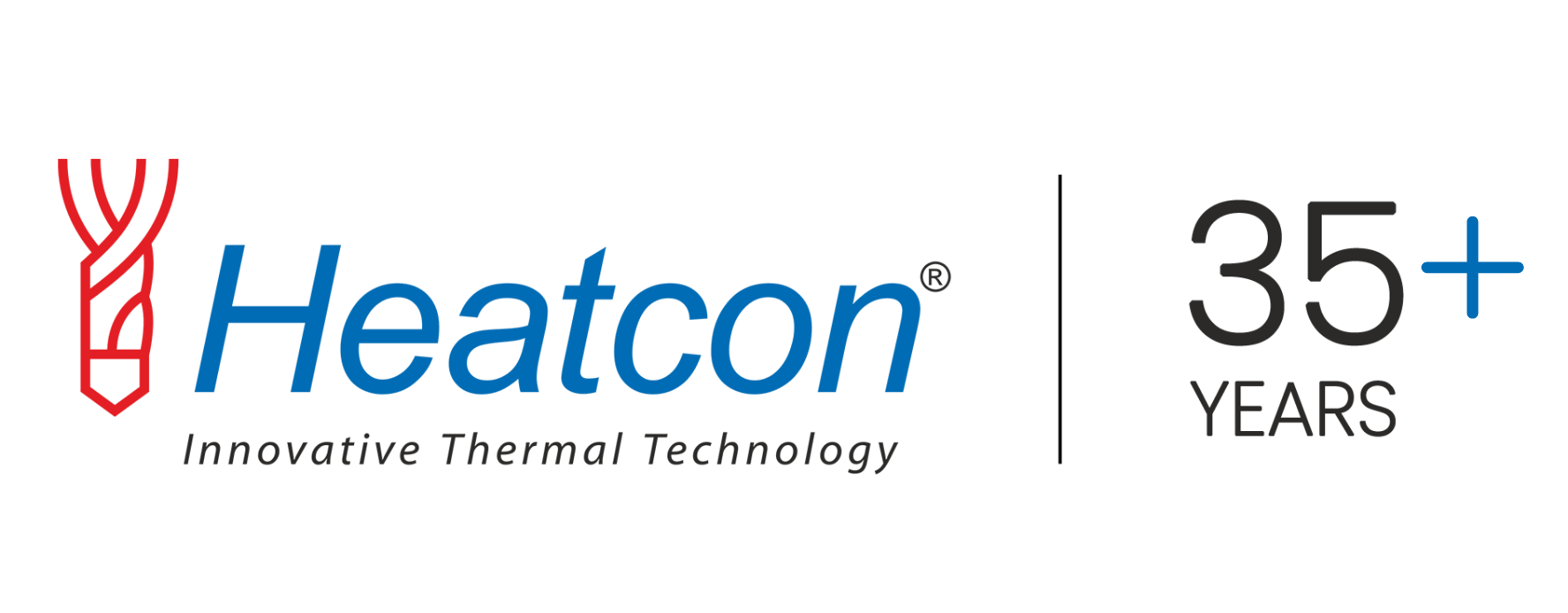Moreover, Thermocouple Market Growth
In the year 2022, the worldwide Temperature Sensors Market Analysis market reached a valuation of around USD 5.69 billion. Further forecasts in this direction suggest that by the year 2030, it’s anticipated to surge to USD 9.79 billion. This reflects a notable CAGR (Compound-Annual-Growth-Rate) of 7.02% over the forecast span from the 2023 to 2030. [Source: Data Bridge Market Research]
Temperature Sensing
We are talking of the landscape of industrial processes, environmental monitoring, and medical diagnostics. In this landscape, temperature sensing happens to play a significant role. This is for ensuring accuracy, precision, safety, and process efficiency.
Thermocouple Market Insights
Thermocouples and RTDs (Resistance Temperature Detectors) have long been stalwarts in this domain, providing reliable temperature measurements. However, as technology evolves, so do these temperature sensors. Let us delve into the Thermocouple Temperature Sensors Market Size and explore the Thermocouple Temperature Sensor Demand.
Thermocouple Applications
A promising advancement in this direction lies in nanotechnology. By leveraging nanomaterials like carbon nanotubes, nanowires, graphene, etc., RTDs & thermocouples could achieve unprecedented levels of sensitivity & accuracy. Such nanomaterials tend to exhibit great thermal conductivity & electrical properties, which enables them to detect temperature deviations with great accuracy, even at the nanoscale level. Moreover, nanotechnology helps to miniaturize these sensors. By this, they become ideal for applications with limited space.
Temperature Sensing Solutions
Wireless Connectivity & IoT Integration of sensors is another trend shaping the future of temperature sensing. Wireless thermocouples & RTDs enable real-time temperature data monitoring, which allows for remote surveillance for better process control. Such connectivity not only increases operational efficiency but also facilitates Thermocouple Temperature Sensors Industry Also, this happens by identifying temperature anomalies before they tend to escalate into something more serious. Additionally, IoT integration also facilitates seamless integration with data analytics platform(s), thus enabling insights-driven decision-making & process optimization as well.
Industrial Temperature Sensors
In demanding industrial environments characterized by corrosive substances, extreme temperatures, and mechanical stress, durability and reliability are critical. Innovations predict that future thermocouples & RTDs feature robust designs & resilient materials, which can withstand harsh operating conditions without any compromise on accuracy in temperature measurements. Advanced coatings & encapsulation techniques protect these sensors from any corrosion, oxidation, & abrasion, which helps to prolong their lifespans & ensure consistent performance with time.
Thermocouple Temperature Sensor Demand
Thermocouple Sensor Market Analysis that are equipped with self-diagnostic capability is all set to revolutionize the temperature-sensing world. Such sensors possess built-in algorithms, which continuously monitor their performance, and detect any deviations/faults. In the event of any anomalies, these sensors could automatically recalibrate themselves or notify operators. This helps minimize any downtime. Further, this also helps to enhance system reliability. In addition, Thermocouple Sensor Market Trends contributes to proactive maintenance strategies. This reduces any risk(s) of unexpected failures & optimize equipment uptime.
Thermocouple Temperature Sensors Industry
Artificial Intelligence (AI) & Machine Learning (ML) algorithms are gradually being integrated into a myriad of temperature sensing systems that have unlocked new possibilities for data analysis & data interpretation. By analysing mammoth amounts of temperature data in real-time, AI algorithms can help identify patterns, anomalies, as well as trends that might elude human observers. This capability of predictive analytics enables proactive decision-making, preventive maintenance, and process optimization, which ultimately drives operational efficiency & helps in cost savings.
Thermocouple Sensor Market Trends, the future of temperature sensing looks promising, with innovations in RTDs & thermocouples poised to revolutionize a gamut of industries. These advancements guarantee better & more precise temperature sensing. Moreover, they also ensure reliability & efficiency. By embracing such trends, business owners can benefit from these new opportunities. Look no further than Global Thermocouple Market Heatcon Sensors for procuring any of these products for your industrial setting!


